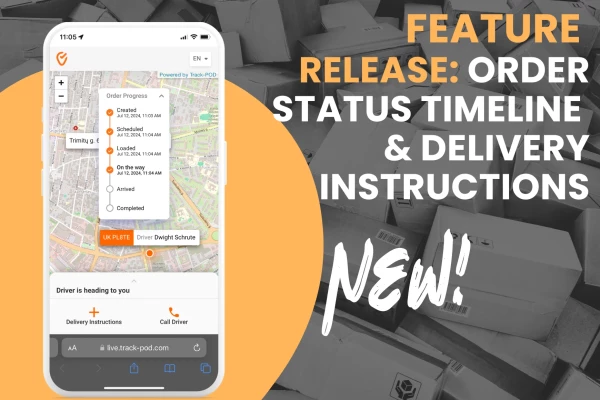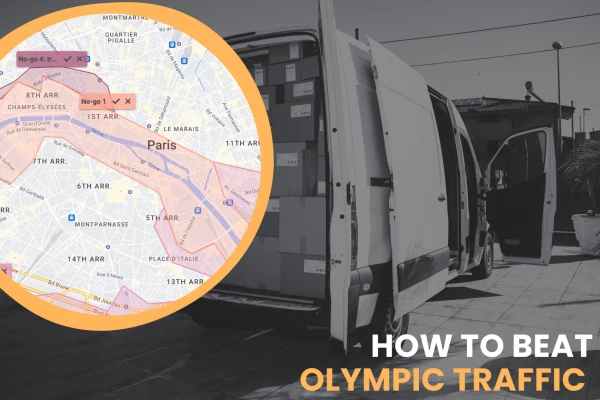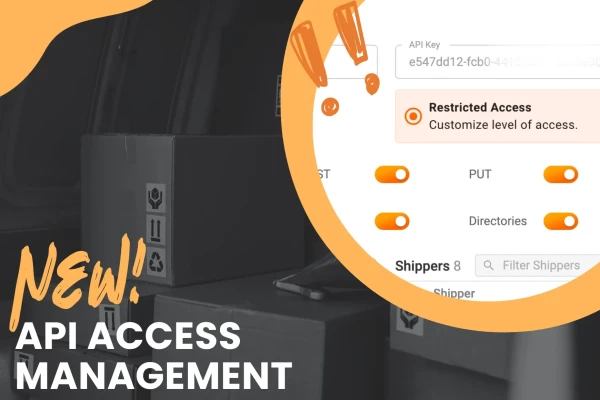Warehouse Logistics: Moving from Peak to Low Season

by
Yulia Miashkova
December 20, 2021
There's a special place in supply chain management reserved for warehouse logistics.
Although products and product parts are constantly moving in the supply chain, they still require physical places to be stored at. This is the function of warehouses: to receive products from production facilities and store them until they're required for shipping.
Warehousing can get complicated, especially during peak times like holidays. This is a guide to warehouse logistics during peak season and low season because each comes with unique challenges and requirements.
What is logistics in warehousing?
Warehouses work as hubs for product storage in-between stages of the supply chain. From here comes the definition of warehouse logistics.
In warehousing, logistics covers the physical flow of goods to, within, and from the warehouse facilities.
In addition to the movement of products, there's a movement of data related to products and order fulfillment. Ensuring an uninterrupted flow of order data is essential during peak seasons when warehouse capacity is often stretched and shipping deadlines are tight.
Warehouse logistics challenges + solutions
The good news about warehouse logistics is that it's not a new niche. Countless businesses have gone through the process of establishing, maintaining, and scaling their warehouse operations, and so there are a number of lessons to learn and be prepared for.
Let's look at the most common challenges in warehouse logistics and how you can safeguard the efficiency of your processes and reduce costs.
Inventory management
Inventory management is the #1 challenge in any warehousing scenario regardless of the season.
It all boils down to keeping a sufficient stock of products ready to be shipped to meet delivery times. This involves planning, forecasting, and tracking exactly how much you have on hand after each order has been placed.
Unless you run the smallest e-shop in the world, you need inventory management software. As far as the logistics of it goes, you need a tool that would integrate with your order placing system and plan transportation from the warehouse as soon as the purchase has been completed.
Damaged goods
Damaged goods is something that disrupts order fulfillment in a big way. The products might be at the warehouse facility but it doesn't mean they are good to ship. Therefore, they need to be returned and re-stocked in a timely manner.
Returning damaged goods belongs to the realm of reverse logistics, i.e. when products move not towards the customer but in the opposite direction.
Reverse logistics is so complicated it sometimes requires a full-time expert on the warehouse logistics team. One thing is for sure: you do need a reverse logistics plan so that returns don't stall order fulfillment completely.
Safety management
Safety management in a warehouse facility is a huge issue, and not only because human labor makes up for the biggest chunk of warehousing expenses.
Warehouses require equipment and equipment requires maintenance. Otherwise, you run the risk of downtime and costly repairs, not to mention health risks for employees. Implementing a warehouse security system ensures the safety of assets, employees, and inventory data, mitigating risks of theft or unauthorized access.
While safety management in logistics can sound like a tedious project, it can be automated and incorporated into your drivers' daily routine.
Transportation management systems (TMS) like Track-POD support proactive vehicle maintenance with mobile safety checklists. It means that you as a manager create a vehicle check list that drivers need to report on before and after each route. Reporting is done through the driver's Track-POD app, which means it's instant.
Customer returns
Customer returns is another issue that falls under warehouse management and warehouse logistics in particular. Where there's eCommerce there are returns - this is a given and has to be thought through in advance.
Customer returns belong to the reverse logistics plan that we talked about earlier in this guide. The only difference is the customer-centricity of it.
Buyers want free shipping and free returns. This is possible either with enormous budgets or smart route optimization technology that makes the most out of every route your drivers take.
Naturally, returns data needs to be running smoothly within your warehouse management system and TMS. This is the only way to maintain sufficient stock while fulfilling customer demands.
Communication
Communication can be a big challenge when considering a complex warehousing structure - be it many warehouse facilities or many production facilities. Therefore, warehouse management relies on cloud-based tools that facilitate communication between logistics managers and other staff.
Take the example of Track-POD. The driver app syncs up with the web dispatcher dashboard in real-time, which means all transportation data is instantly updated and fully visible.
In addition to the driver app, you can test out Track-POD's Route Manager app on Android. The app was designed for mobile transportation management, with the option to monitor delivery progress and get in touch with any driver in-app.
Recap
Warehouse logistics calls for solutions that support logistics transformation, digitalization, and efficiency.
Being aware of warehousing-specific challenges and transportation solutions is the first step towards building and growing an efficient warehouse system.
I hope this article gives you food for thought and sets you up for success. If you're curious about paperless & contactless transportation management solutions offered by Track-POD, book a free demo and let's talk about your business.
- Transportation management
About The Author
Yulia Miashkova
Growth marketing manager with a background in public relations, SEO, social listening, and Account-Based Marketing.





